Sedgwick's Botched Bot Tortures Providers
.gif)
Sedgwick Claims Management Services, Inc., is one of the nation’s largest workers’ comp claims administrators, processing a huge volume of injured workers’ medical bills.
However, Sedgwick actively complicates the medical bill payment process instead of implementing functioning technology to streamline it. Despite available technology that could reduce providers’ administrative billing friction, Sedgwick’s so-called technology solution is nothing short of calamitous torture.
Unlike California’s State Compensation Insurance Fund (CA State Fund), which leverages Virtual Assistant technology for quick claim and bill searches, Sedgwick’s chatbot is an exercise in frustration. Providers are forced to navigate an error-prone system, endure long wait times for human assistance (which is also unreliable), and risk being repeatedly booted from Sedgwick’s chatbot entirely.
The result? Sedgwick’s chatbot technology is a time-consuming, miserable ordeal.
Sedgwick’s chatbot is inefficient and an insult to the very concept of technology. Rather than streamlining the medical bill payment process, Sedgwick has engineered a labyrinth of frustration, delay, and outright incompetence. Providers seeking basic claim information are forced to wrestle with a system that is both needlessly convoluted and spectacularly useless.
Below, we show just how dysfunctional Sedgwick’s chatbot is—giving providers yet another reason to refuse to treat injured workers.
Sedgwick Adjuster Search: Dead End #1 - Employer Name
Sedgwick's bot fails when it faces even the most minor hurdles—like when it does not recognize the injured worker’s employer’s name.
The bot doesn’t find the closest match or suggest possible employers. Instead, this so-called technology embarks on a confusion loop, repeatedly asking for another way to spell or list the employer. The bot spits useless boilerplate instructions and offers to either “help with anything else” or take you back to the beginning.
For example, a daisyBill agent requested information on a claim for ‘West Coast Harvesting’—an employer in Sedgwick’s systems—but this simple request stumped Sedgwick’s befuddled bot.
We tried three different iterations of the employer’s name, including the exact name listed on Sedgwick’s Explanation of Review (EOR): West Coast Harvesting, Inc. (a corporation). Still, the chatbot floundered.
Sedgwick Adjuster Search: Adjuster Not Found
Even if Sedgwick’s bot identifies the employer and you clear all the other hurdles (navigating the menu options, proving your humanity with reCAPTCA tests, and more), actionable information remains elusive.
If the bot does not know the name of the claims adjuster, it will not offer to investigate further or connect you with an agent. Instead, it will shrug its digital shoulders and circle back to the beginning.
Sedgwick Bill Status: Good Luck (You Will Need It)
For the ultimate taste of sustained torture, attempt to get bill status from Sedgwick’s website and bot. First, you must clear the initial obstacles of:
- Telling the bot that you have a question about a claim
- Telling the bot that you’re a medical provider with a question about a claim
- Entering your whole Tax ID Number
- Confirming your humanity via the reCAPTCHA test (proof of Sedgwick’s humanity remains pending).
- Entering the employer name—which you must have in precisely the format Sedgwick’s bot can recognize.
After the above, the bot presents a form with ten information fields to populate. Some of these fields are mandatory, but the bot doesn’t say which until after you enter the information.
Once Sedgwick’s digital disaster of a chatbot gets all the requested information, you might expect to see the bill status details—but think again. After this bot steals precious, irreplaceable moments of your finite life, you don’t get the information you came for. Instead, you get to wait in line for a human agent.
Sedgwick Agents: Only Slightly More Helpful Than Bots
Once a Sedgwick agent joins the conversation, it’s important to remember something: these agents have lives to live.
They can’t sit around staring at a chat screen (like you have). If you fail to respond to the agent within a minute, Sedgwick will cut the conversation off—and you’ll be right back to the beginning. A daisyBill agent attempts to get information on a specific bill, which is shown in the screenshot below. After the Sedgwick agent answers, the 60-second countdown begins.
Moreover, the Sedgwick agent incorrectly reported payment for the bill in question was denied by the adjuster.
When daisyBill pointed out the agent’s error, the agent responded with…words of some kind.
Sedgwick Tech Fails: Costly and Unacceptable
From its failure to recognize employer names to its refusal to provide meaningful claim details, Sedgwick’s chatbot is a monument to bureaucratic dysfunction. Its final act of cruelty is trapping users in an endless loop of wasted time, only to ultimately hand them off to human agents who are barely more accurate than the bot itself—and just as eager to end the conversation before resolving anything.
This is not innovation or progress. It is an abject failure that grinds down providers and creates a nightmare of inefficiency. The Sedgwick chatbot is so broken and laughably inadequate that the only reasonable response from medical providers is to refuse to participate in this absurd charade.
No provider should have to suffer through Sedgwick’s technological farce.
We can’t fix Sedgwick—but we can make revenue management smooth on the provider’s end. Schedule a brief chat with our experts to learn how.
SCHEDULE CALL
DaisyBill provides content as an insightful service to its readers and clients. It does not offer legal advice and cannot guarantee the accuracy or suitability of its content for a particular purpose.
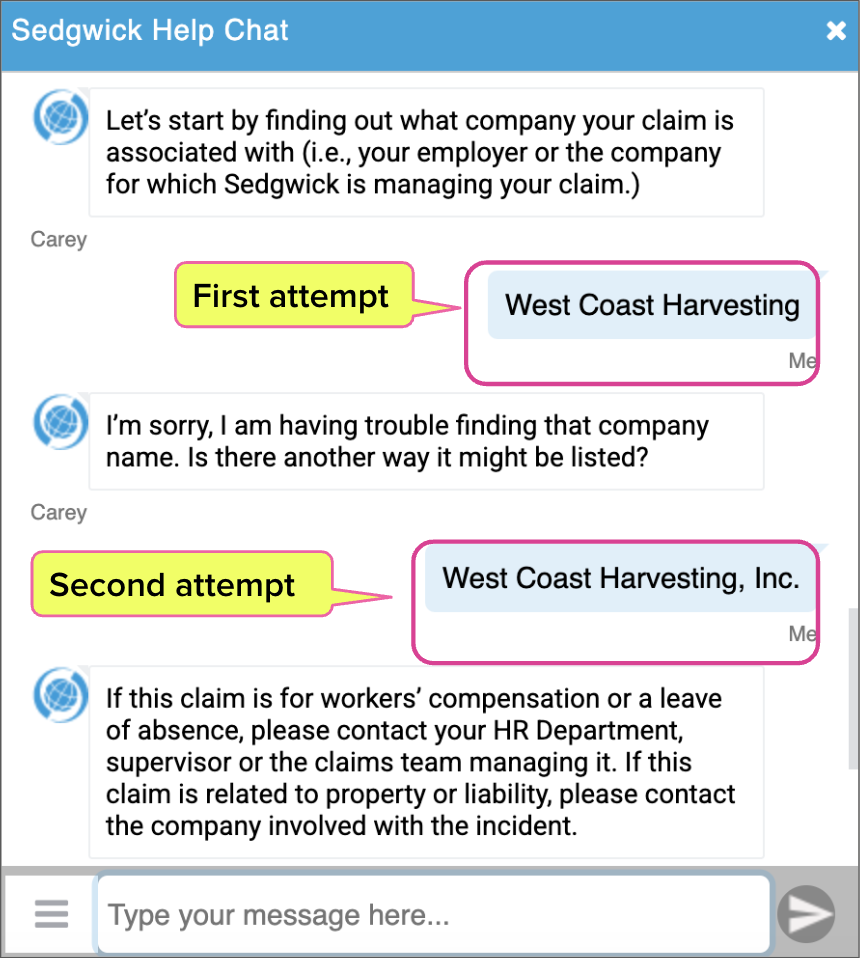
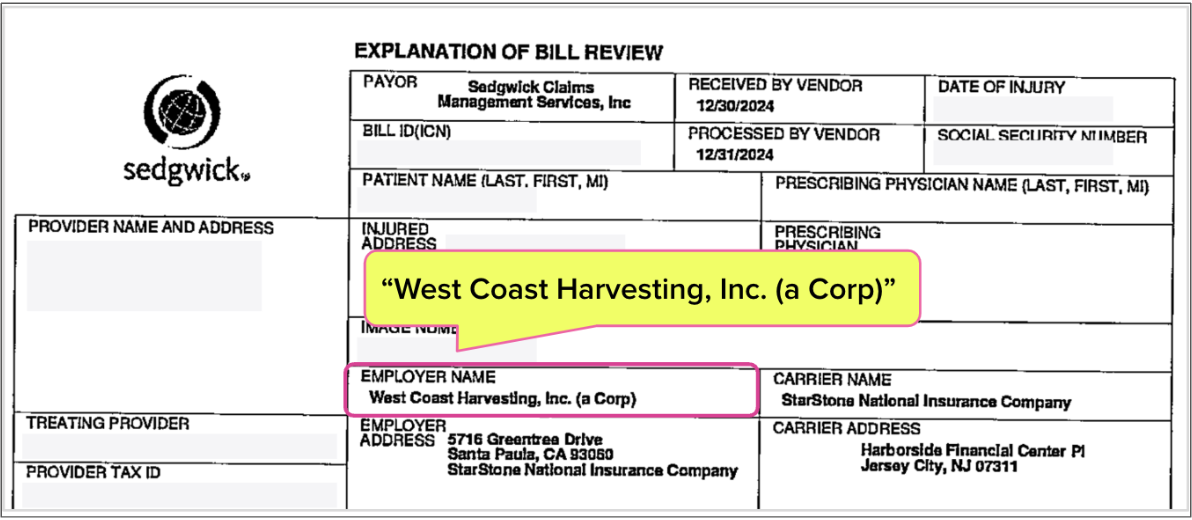
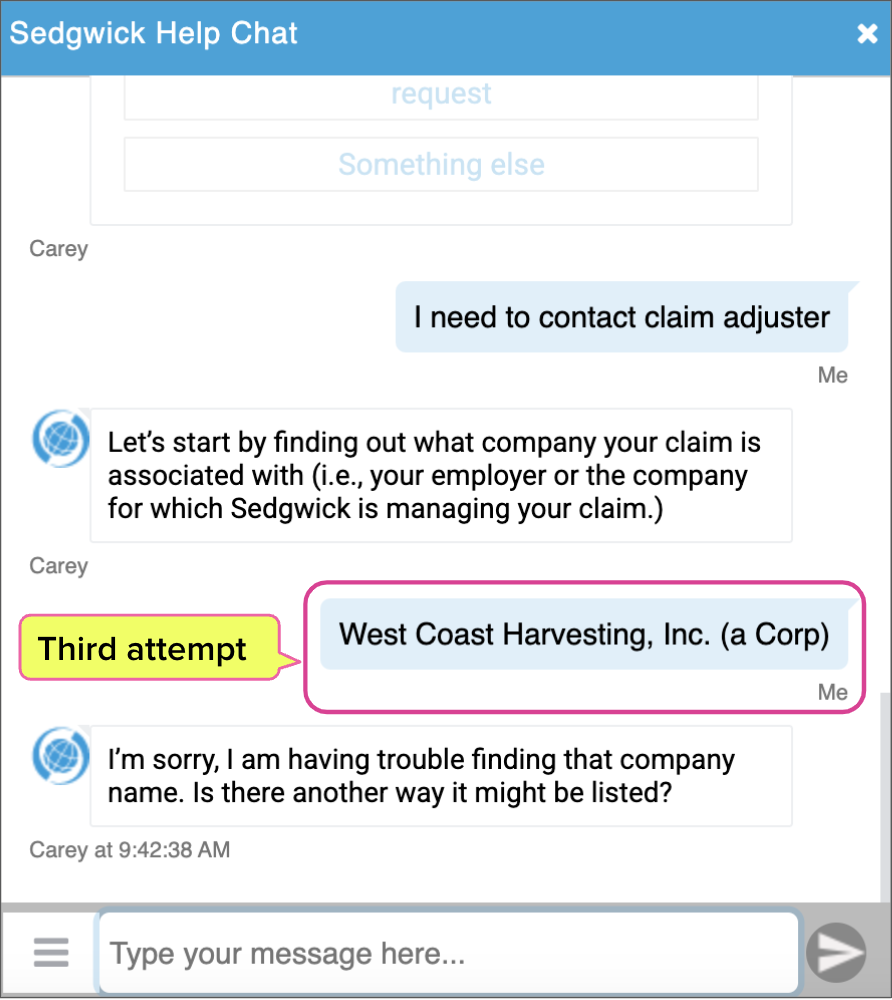
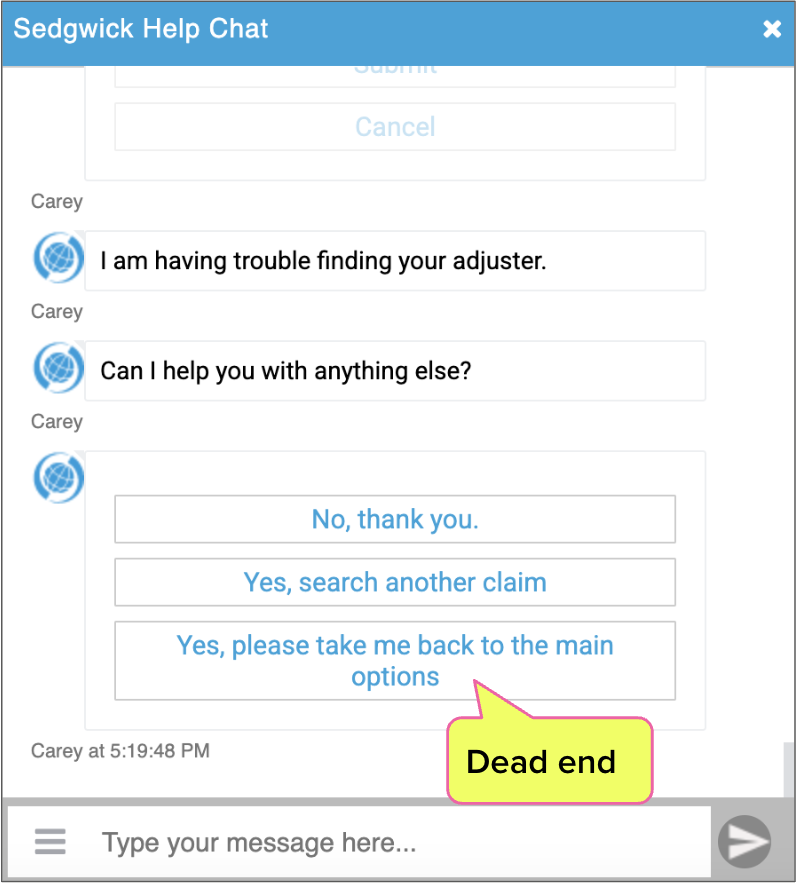
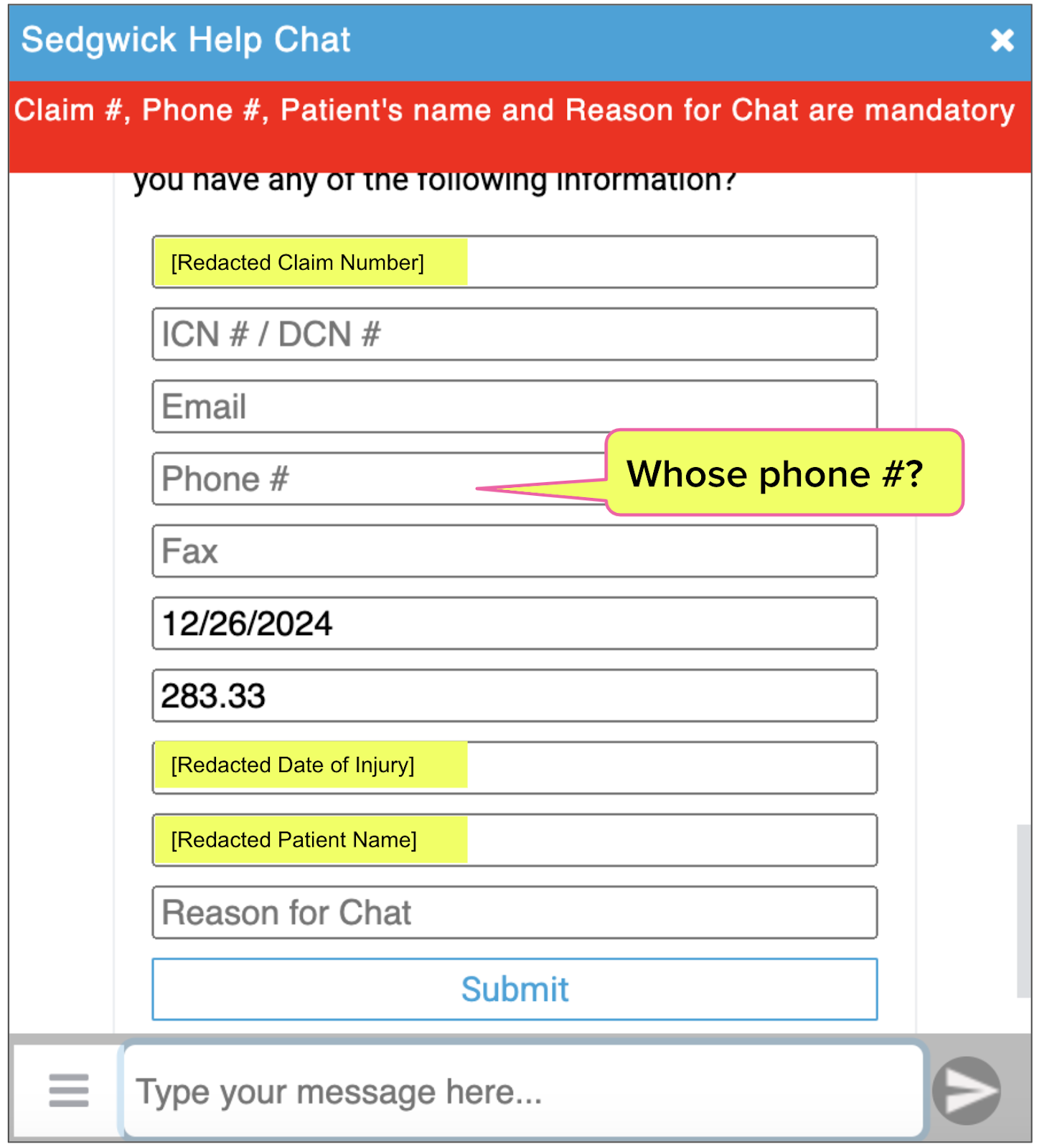
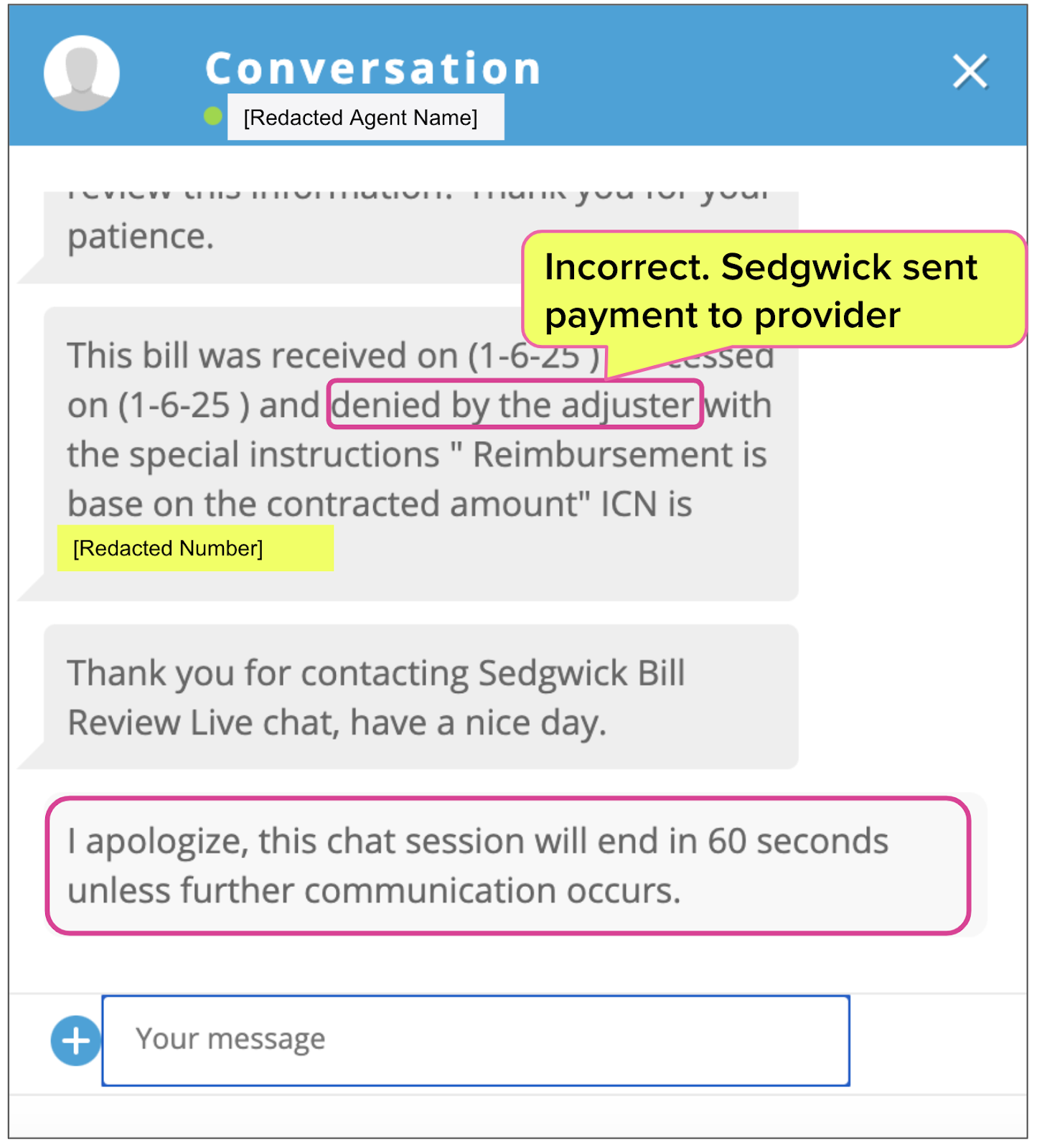
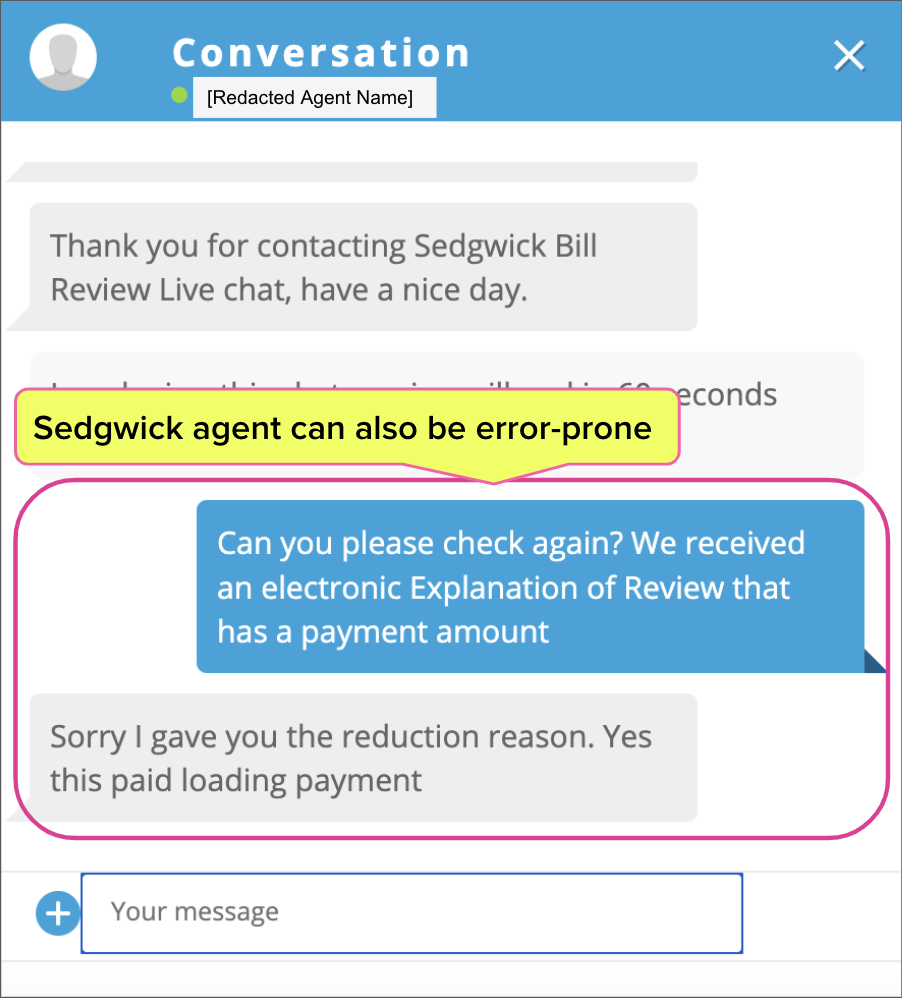






Let’s not forget the ViaOne portal that times out 1 out of 3 log in attempts and takes a dreadful amount of time to load.